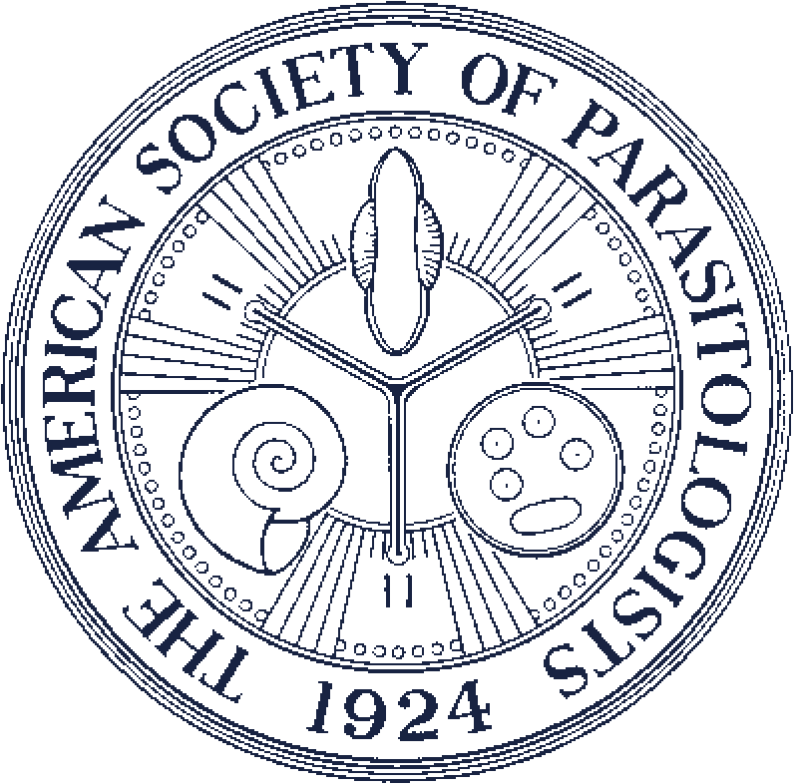GENOMICS AND MORPHOLOGY RESOLVE CHIPMUNK SUCKING LOUSE SYSTEMATICS (GENUS HOPLOPLEURA)
Sucking lice are obligate parasites of eutherian mammals and are generally considered to be host-specific parasites. Molecular investigations have found that some current louse taxonomy is incorrect and does not reflect the relationships among families and species. Western chipmunks (23 species of Tamias) and the eastern chipmunk (Tamias striatus) are infested by 2 different species of Hoplopleura sucking lice, Hoplopleura arboricola and Hoplopleura erratica. Hoplopleura arboricola has been found on 19 of 23 western chipmunk species, and H. erratica has only been recorded as a parasite of T. striatus. We investigated the relationships between these chipmunk lice and louse systematic status by supplementing published sequence data with additional sequences and morphological examinations. We estimated phylogenetic relationships using 1,107 coding loci in a maximum-likelihood framework and a species tree approach. In addition to the phylogeny, we calculated raw pairwise distances of the cytochrome oxidase subunit 1 gene (COI) between clades. Both phylogenetic approaches recovered 2 well-supported clades of H. arboricola, 1 of which included H. erratica, suggesting that the 2 louse species are not distinct. Further, examination of louse specimens found no morphological traits that distinguish lice from any of the lineages, including differentiating H. erratica from H. arboricola. The average pairwise distance of COI sequences between the 2 major H. arboricola clades exceeded that of the distances between H. erratica and either of the H. arboricola clades. Based on the genetic similarities and phylogenetic relationships of the lice, it appears that an ancestral louse was associated with western chipmunks and then transferred to the eastern chipmunk. Using the phylogenetic and morphological evidence presented here, Hoplopleura arboricolaKellogg and Ferris, 1915 is relegated to a junior subjective synonym of Hoplopleura erratica (Osborn, 1896). A holotype from the type series is designated for H. erratica. These results suggest a history of chipmunk host species interactions that enabled ectoparasites to disperse between chipmunk species and illustrate the importance of phylogenomic analyses to study species interactions and the history of interspecific associations.ABSTRACT

Annotated type specimens of (A) Hoplopleura arboricola (credit P.T. Oboyski, Essig Museum of Entomology, University of California Berkeley) and (B) Hoplopleura erratica (CC BY-NC-SA, Museum of Comparative Zoology, Harvard University; © President and Fellows of Harvard College) images modified to add labels. Morphological features discussed in the text are labeled in male and female H. arboricola specimens and the male H. erratica specimen.

Concatenated maximum-likelihood tree with branch lengths as substitutions per site. Tips are labeled with louse or host catalog number (Suppl. Appendix S2) and chipmunk (Tamias) host species. All nodes have bootstrap values of 100 unless otherwise noted. Color blocks denote louse species: Hoplopleura arboricola (light gray) and Hoplopleura erratica (dark gray). Outgroups are shown with a hatched line, as the lines do not reflect branch length. Distant outgroups (Linognathoides laeviusculus, Polyplax auricularis, Neohaematopinus inornatus, and Neohaematopinus pacificus) that were used to root the phylogeny were pruned (Appendix S2).

ASTRAL species tree for Hoplopleura arboricola and Hoplopleura erratica. Tips are labeled with louse or host catalog number (Suppl. Appendix S2) and chipmunk (Tamias) host species. All branches have posterior probabilities of 1 unless otherwise noted. Color blocks denote louse species: H. arboricola (light gray) and H. erratica (dark gray). Distant outgroups (Linognathoides laeviusculus, Polyplax auricularis, Neohaematopinus inornatus, and Neohaematopinus pacificus) that were used to root the phylogeny were pruned (Appendix S2).
Contributor Notes
